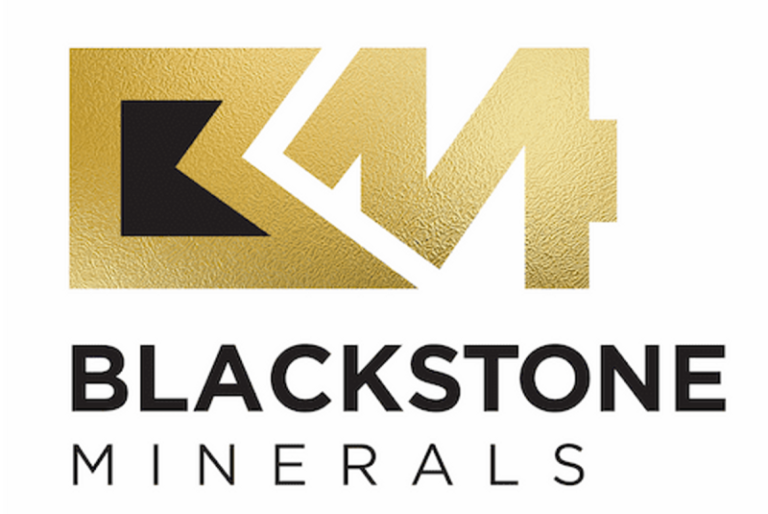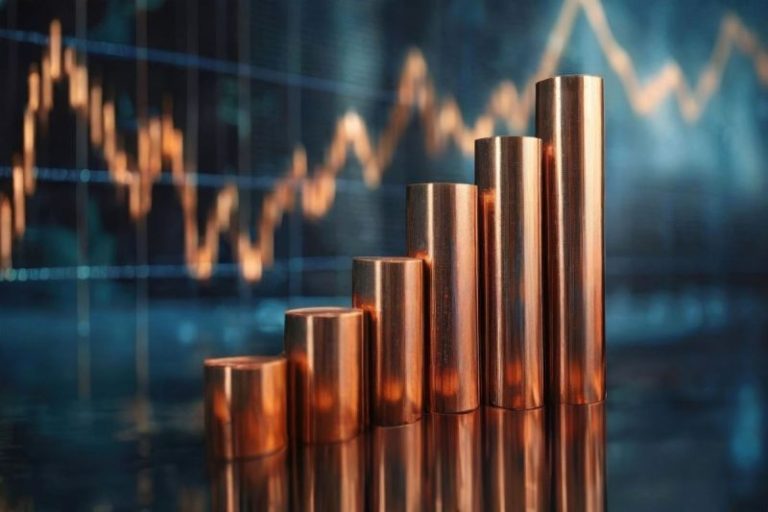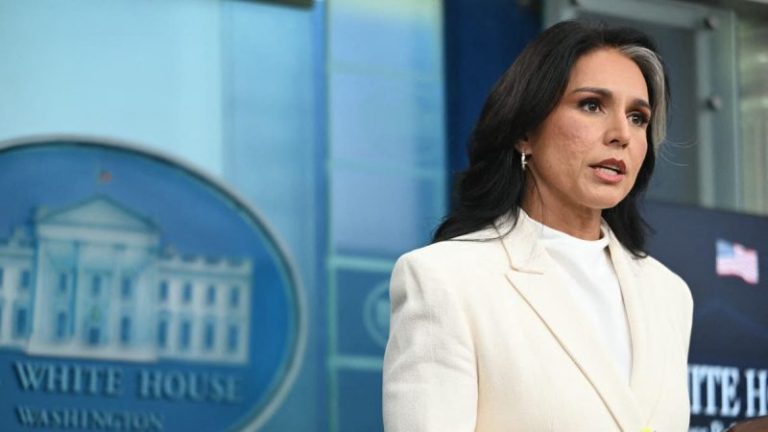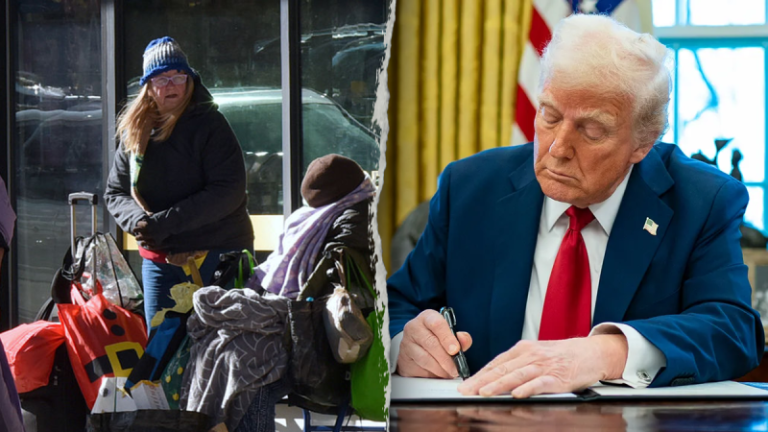As the global economy shifts toward electrification and clean energy, lithium has emerged as a cornerstone of the energy transition, and the US is racing to secure its place in the supply chain.
Lithium-ion batteries are no longer just critical to electric vehicles (EVs); they’re becoming vital across sectors to stabilize power systems, particularly amid growing reliance on intermittent renewables.
According to Fastmarkets, demand for battery energy storage systems (BESS) is accelerating, driven by data centers, which have seen electricity consumption grow 12 percent annually since 2017.
In the US, where data infrastructure is heavily clustered, BESS demand from data centers alone could make up a third of the market by 2030, with a projected compound annual growth rate of 35 percent.
As the US works to expand domestic production and reduce import dependence, policy uncertainty, including potential rollbacks of EV tax credits and clean energy incentives, clouds the investment outlook.
1. Sociedad Química y Minera (NYSE:SQM)
Year-to-date gain: 10.43 percent
Market cap: US$10.82 billion
Share price: US$40.64
SQM is a major global lithium producer, with operations centered in Chile’s Salar de Atacama. The company extracts lithium from brine and produces lithium carbonate and hydroxide for use in batteries.
SQM is expanding production and holds interests in projects in Australia and China.
Shares of SQM reached a year-to-date high of US$45.61 on March 17, 2025. The spike occurred a few weeks after the company released its 2024 earnings report, which highlighted record sales volumes in the lithium and iodine segments. However, low lithium prices weighed on revenue from the segment, and the company’s reported net profit was pulled down significantly due to a large accounting adjustment related to income tax.
In late April, Chile’s competition watchdog approved the partnership agreement between SQM and state-owned copper giant Codelco aimed at boosting output at the Atacama salt flat. The deal, first announced in 2024, reached another milestone when it secured approval for an additional lithium quota from Chile’s nuclear energy regulator CChEN.
Weak lithium prices continued to weigh on profits, with the company reporting a 4 percent year-over-year decrease in total revenues for Q1 2025.
2. Lithium Americas (NYSE:LAC)
Year-to-date gain: 9.67 percent
Market cap: US$719.1 million
Share price: US$3.29
Lithium Americas is developing its flagship Thacker Pass project in Northern Nevada, US. The project is a joint venture between Lithium Americas at 62 percent and General Motors (NYSE:GM) at 38 percent.
According to the firm, Thacker Pass is the “largest known measured lithium resource and reserve in the world.”
Early in the year, Lithium Americas saw its share rally to a year-to-date high of US$3.49 on January 16, coinciding with a brief rally in lithium carbonate prices.
In March, Lithium Americas secured US$250 million from Orion Resource Partners to advance Phase 1 construction of Thacker Pass. The funding is expected to fully cover development costs through the construction phase. On April 1, the joint venture partners made a final investment decision for the project, with completion targeted for late 2027.
Other notable announcements this year included a new at-the-market equity program, allowing the company to sell up to US$100 million in common shares.
3. Lithium Argentina (NYSE:LAR)
Year-to-date gain: 8.46 percent
Market cap: US$467.28 million
Share price: US$2.90
Lithium Argentina produces lithium carbonate from its Caucharí-Olaroz brine project in Argentina, developed with Ganfeng Lithium (OTC Pink:GNENF,HKEX:1772).
The company is also advancing additional regional lithium assets to support EV and battery demand.
Previously named Lithium Americas (Argentina), the company was spun out from Lithium Americas in October 2023.
While shares of Lithium Argentina spiked in early January to a year-to-date high of US$3.10, the share price has been trending higher since June 19 to its current US$2.90 value.
Notable news from the company this year includes its name and ticker change and corporate migration to Switzerland in late January and the release of the full-year 2024 results in March.
In mid-April, Lithium Argentina executed a letter of intent with Ganfeng Lithium to jointly advance development across the Pozuelos-Pastos Grandes basins in Argentina. The plan includes a project fully owned by Ganfeng as well as two jointly held assets majority-owned by Lithium Argentina.
The company released its Q1 results on May 15, reporting a 15 percent quarter-over-quarter production reduction, which it attributed to planned shutdowns aimed at increasing recoveries and reducing costs.
Overall, the production guidance for 2025 is forecasted at 30,000 to 35,000 metric tons of lithium carbonate, reflecting higher expected production volumes in the second half of the year.
Securities Disclosure: I, Georgia Williams, currently hold no direct investment interest in any company mentioned in this article.









